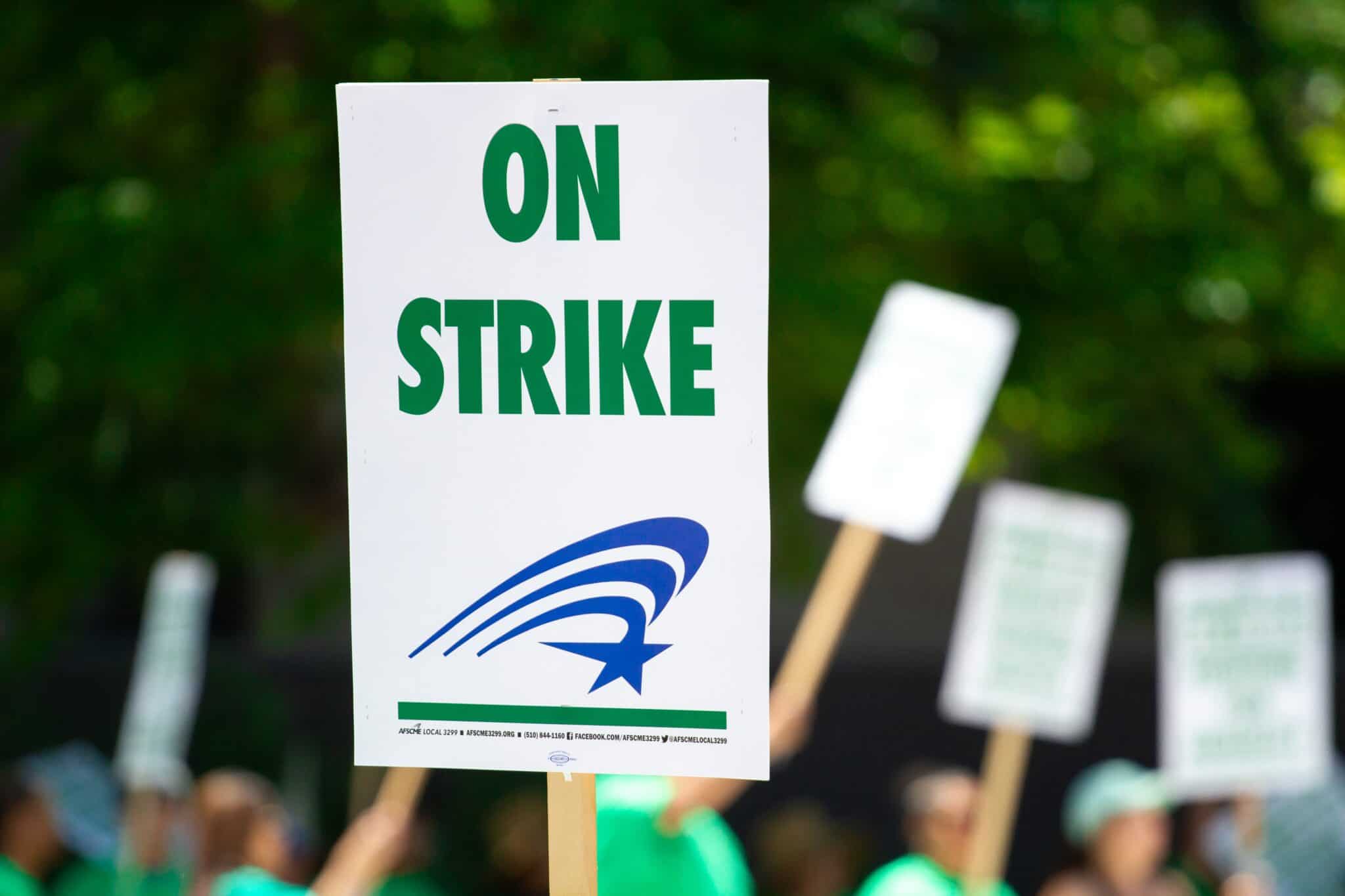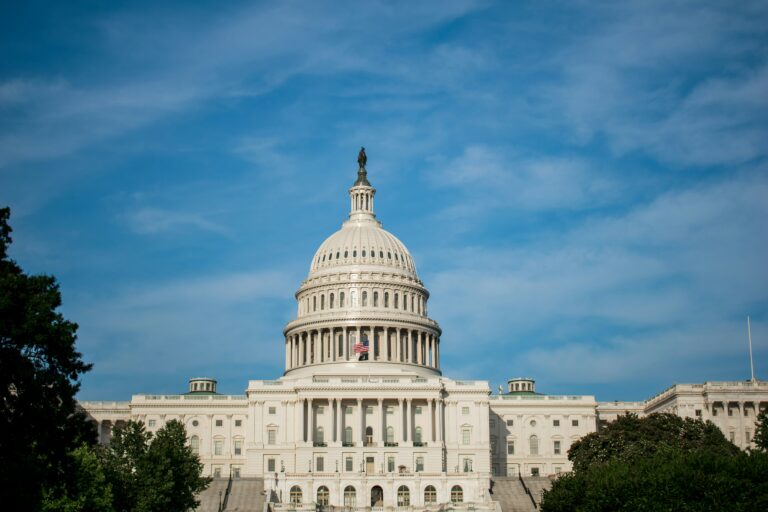
Marina Multhaup is an Associate at Barnard, Iglitzin & Lavitt—a law firm in Seattle, Washington, that represents unions, and a former student member of the Labor and Employment Lab at Harvard Law School.
As Zachary noted yesterday, voting has begun in Bessemer. Over Zoom, with representatives from Amazon and the RWDSU watching, the NLRB is counting ballots from workers in Amazon’s warehouse to see whether they have decided to unionize. Dave Jamieson at the Huffington Post writes that it could be months before the election has a clear outcome, as both the union and Amazon are expected to lodge ballots challenges and unfair labor practice charges.
Much has been written about the Bessemer union drive, including the lengths to which Amazon was able to go to thwart the effort under current labor laws. Brandon Magner wrote an interesting piece on how the Bessemer union drive would have gone differently under the PRO Act. Magner writes that Amazon would have been prohibited from conducting captive audience meetings and wouldn’t have been able to participate in pre-election representation proceedings, which Amazon used to delay the election in order to campaign against the union. In addition, Amazon wouldn’t have had a say in the size of the bargaining unit and the NLRB would have been inclined to accept the unit that the union wanted, which originally was only about 1,500 or so employees. Here, Amazon was successfully able to intervene and expand the bargaining unit to 5,800 workers. There are many more changes that Magner writes the PRO Act would have ushered in, including a faster election, a guaranteed first contract, the ability to use intermittent and partial strikes, and penalties for Amazon’s anti-union conduct.
In other news the United Steelworkers announced that its members in Pittsburg have started an unfair labor practice strike at nine facilities of Allegheny Technologies Incorporated (ATI). The union charges that it began negotiating with ATI in January at which time the company sought “major economic and contract language concessions from roughly 1,300 union members who have not had a wage increase since 2014.” Of particular contention is ATI’s insistence on breaking down benefits and wages into tiers—a popular way for corporations to divide workers and cut costs. The union charges ATI of not bargaining in good faith, saying that the union is “willing to meet with management all day, every day, but ATI needs to engage with us to resolve the outstanding issues.”
At the federal level, an uneven transition continues for federal government unions and their members. Former President Trump targeted federal unions with three anti-union executive orders designed to limit collective bargaining and official time. After President Biden took office he issued an executive order to undo them, but some federal unionized workers are saying that the new order has not been implemented. Some EPA employees, for example, assert that the newly sworn-in EPA agency head Michael Regan hasn’t yet met with their union the American Federation of Government Employees (AFGE), or any of the other unions that represent EPA employees. EPA employees are reporting that there hasn’t been any attempt to undo the Trump orders since the administration has changed. The VA’s Office sent the AFGE a letter detailing certain steps it was taking to undo the Trump policies and reaffirming its commitment to the union, but the AFGE noted that the VA hasn’t yet reversed other damaging aspects of the Trump regulations.
Lastly, on Monday the U.S. Government Accountability Office (GAO) released a report that found that the NLRB was drastically under-staffed and under-resourced. Specifically, the report found that between 2010 and 2019 NLRB staff overall decreased 26% and that staff deductions were particularly severe in regional offices. The report also found that during this time period NLRB appropriations decreased by about 17%, translating into a $46 million difference in funding. In a statement, the new NLRB Chairman Lauren McFerran called the report’s findings “alarming to anyone that cares about the mission of the NLRB.” The NLRB’s statement also included findings from a Federal Employee Viewpoint Survey which found that NLRB employees were overburdened with work and under-resourced. The survey found that the NLRB ranked last out of 17 similar federal agencies for worker satisfaction. Both McFerran and Acting General Counsel Peter Sung Ohr said they were committed to “rebuilding the agency’s capacity” and “righting the ship.”






Daily News & Commentary
Start your day with our roundup of the latest labor developments. See all
April 18
Disneyland performers file petition for unionization and union elections begin at Volkswagen plant in Tennessee.
April 18
In today’s Tech@Work, a regulation-of-algorithms-in-hiring blitz: Mass. AG issues advisory clarifying how state laws apply to AI decisionmaking tools; and British union TUC launches campaign for new law to regulate the use of AI at work.
April 17
Southern governors oppose UAW organizing in their states; Florida bans local heat protections for workers; Google employees occupy company offices to protest contracts with the Israeli government
April 16
EEOC publishes final regulation implementing the Pregnant Workers Fairness Act, Volkswagen workers in Tennessee gear up for a union election, and the First Circuit revives the Whole Foods case over BLM masks.
April 15
The Supreme Court ruled in favor of bakery delivery drivers in an exemption from mandatory arbitration case; A Teamsters Local ends its 18-month strike by accepting settlement payments and agreeing to dissolve
April 14
SAG-AFTRA wins AI protections; DeSantis signs Florida bill preempting local employment regulation; NLRB judge says Whole Foods subpoenas violate federal labor law.